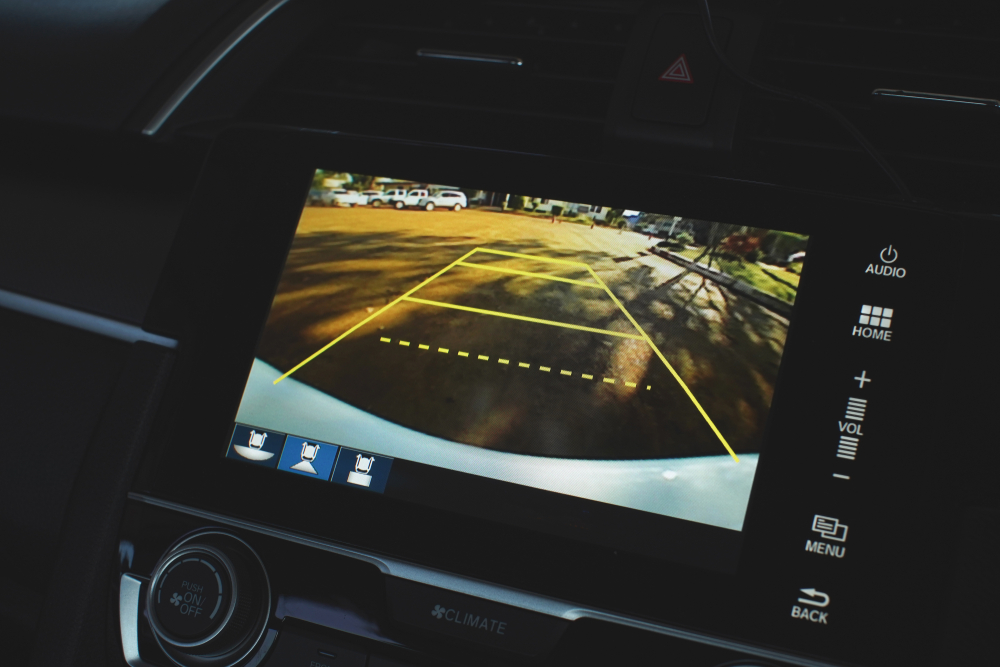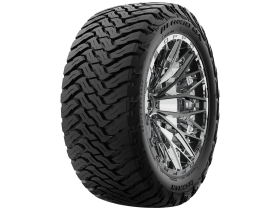The way that cars are made to operate today has changed from what it was many years back. Yes, you may get confused at first, but the more that you try it out, you realize that these added features are in place to make the car even safer and easier to drive. The end goal is to help prevent car crashes.
That said, get to know seven of the best technologies that can prevent yourself from getting in a car accident:
- Forward Collision Warning System
A forward-collision warning system is in place to warn the driver of an impending crash if vehicles get too close to the rear of the car. It monitors the speed of the vehicle, the car in front of it, and the respective distances between each car. Generally, forward collision systems prevent frontal crashes to cars in front that are slow-moving, or that suddenly stops.
Forward collision warning systems work through the sensors that detect slower vehicles and those that stop. A signal alerts the driver immediately when the car in front suddenly slows down in speed.
- Automatic Emergency Brake System
The Automatic Emergency Brake (AEB) System of a car allows the driver to immediately use the maximum braking capacity of the vehicle. This is an aftermath of a first alert that signals the driver of a possible crash. When the system can feel that the drive isn’t responding as they should, the auto brake system independently brakes.
These are the three types of AEB:
- Pedestrian system: picks up any pedestrian movement near your vehicle. These can be pedestrians that are traveling towards your direction.
- Low-speed system: detects other cars in front of your vehicle, in a densely populated city street. This is to prevent minor accidents, such as whiplash.
- High-speed system: uses a long-range radar for speeding vehicles, up to 200 meters in front of your car.
- Lane Prevention System
The Lane Prevention System in a car uses a camera on the windshield’s rearview monitor to detect road lane markings. Remember that these road lane markings are supposed to help vehicles stay in their proper lanes. But, you may drift out of your lane for too long. When the camera detects this, it uses the steering system to alert you to stay back on your lane.
The Lane Prevention System, however, only activates when the vehicle is moving at a speed of at least 64kph.
This lane prevention system also comes in very handy especially during long drives when you’ll suddenly feel drowsy and drift from your lanes.
- Back-Up Camera
The back-up camera is also referred to as the 360-degree camera system. This applies to a combination of cameras on all sides of the car, both inside and outside. When purchasing a vehicle and this isn’t available, you can easily buy one as an add-on. This is one of the cheapest safety features that you can add to your car.
Here are some of the benefits of having a back-up camera:
- It enables drivers to clearly see objects or other obstruction behind their vehicle.
- If the sensors detect something too close on the back or the sides, the system beeps to alert the driver.
- Blind Spot Monitor
Blind Spot Monitors enable drivers to see blind spots – spots that the driver can’t see from their angle. The blind-spot monitors of today are divided into two types, active and passive blind spot.
Active blind-spot monitors use electromagnetic waves and computer-processed images to notice vehicles that may be getting too close with your car.
Here’s how the active blind-spot monitor works:
- It flashes a light on the peripheral vision of the driver or makes a noise to steer you back in the right direction
- It may even steer the car back into the right direction
Passive blind-spot monitors involve the old school mirror. This is the technology that has been around for many years now. But, it now has a broader capacity to view what’s behind.
- Auto-Steering
The auto-steering feature of cars assists drivers by steering them back in the right direction to avoid any collision. This doesn’t mean that the steering wheel is going to move all by itself. It only works when the sensors feel an impending danger. For instance, there’s suddenly a pedestrian in the car’s path or you need to steer away from an incoming vehicle.
The auto-steering system works together with the automatic emergency braking system.
- Electronic Stability Control
The electronic stability control system of a car is one of the car safety features that helps improves the vehicle’s stability by reducing the loss of traction, also known as skidding. When a car skids through the road, this leads to a serious accident.
When skidding is detected, the brakes are steered back to where the vehicle should go. It also reduces engine power until the sensors can feel that full control over the car is regained.
Conclusion
Many of the features of cars today are a blend of luxury and functionality. When choosing cars, you need to get to know which features are going to be useful.
When you’re driving a car, it should also be aware that you’re inherently exposed to road dangers. Accidents can happen at any given time. It would be nice, therefore, to drive around a car that has a high safety factor. This is possible through the existence of any or all of the features mentioned above.








